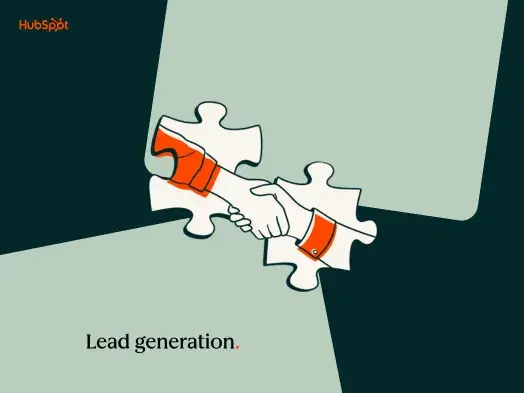To help you get started, we’ve got 10 expert tips for improving lead quality.
Lead qualification typically takes the form of stock questions that depend on your offering. For example, if you’re selling insurance you might ask questions about age, current health conditions, and previous medical histories. If you’re selling a B2B service, you might ask a lead if they’re the one in charge of the decision-making. If not, you may need to speak with someone else.
An effective lead qualification process helps eliminate leads that aren’t currently in a position to buy, in turn allowing sales teams to focus their efforts more likely prospective purchasers. This also lets businesses funnel prospects that aren’t quite ready for sales into future marketing campaigns so they can stay in the loop about any updates and reach out again when they’re ready to take the next step.
3 Reasons Why You’re Getting Bad Leads
So why are you getting bad leads in the first place? If prospective customers are interested in your product, what’s standing in the way?
Three causes are common culprits of bad leads:
1. Poor quality pay-per-click (PPC) leads
Are your PPC purchases returning leads that are actually qualified to make purchases or just providing more generic lead details? If so, consider more specific PPC guidelines or changing PPC providers.
2. Ineffective offers and calls to action
Have you covered your entire sales funnel, or are you only offering early-funnel conversion opportunities? Are your offers for free materials that have nothing to do with your business? Do you have calls to action on your website? Are they shiny and compelling?
3. Lack of targeted landing pages
Do your landing pages conform to best practices? Does the text actually describe the offer? Does the text help to qualify WHO should be filling out the form? If the answer to those questions is "yes", you should consider adding more qualifying fields to your forms. Find out from sales what their top 3 qualifying questions are, and put them on your forms.
1. Define Your Audience

Getting more qualified leads means making sure you know who your audience is and what they’re looking for. Start by creating your ideal buyer persona. Maybe you’re looking for a business decision-maker with access to capital and the drive to solve specific pain points within their organization.
While the ideal audience will differ for every company, defining this audience goes a long way toward improving lead quality.
Here, tools like Google Analytics can help pinpoint your audience.
2. Choose Your Keywords

Along with your audience, choose keywords that align with what your brand is trying to sell and what qualified leads want. Achieve this goal with keyword research: See what comes up when you search your target keywords, such as the top-ranking posts and the most popular questions.
Using this data, create content, forms, and offers that reflect buyer preferences and align with your offerings.
Consider solutions like Google Ads to find your ideal keywords.
3. Create Targeted Content
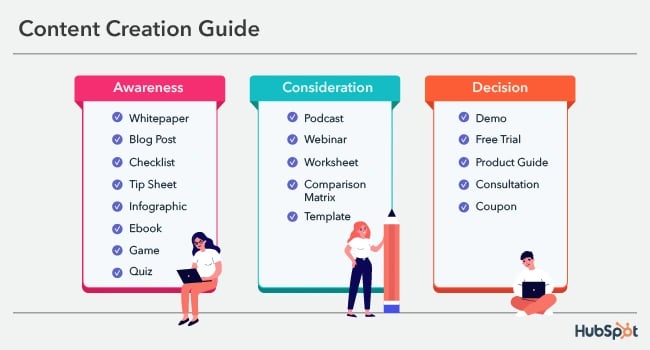
Targeted content helps you get ahead of potential questions or concerns. By creating landing pages and FAQs that address common issues and answer common questions before your sales team connects with leads, you can reduce the amount of time staff spend covering common ground and instead let them focus on the details of making a sale.
Try HubSpot’s survey tools to find out what your audience wants.
4. Develop Detailed Forms
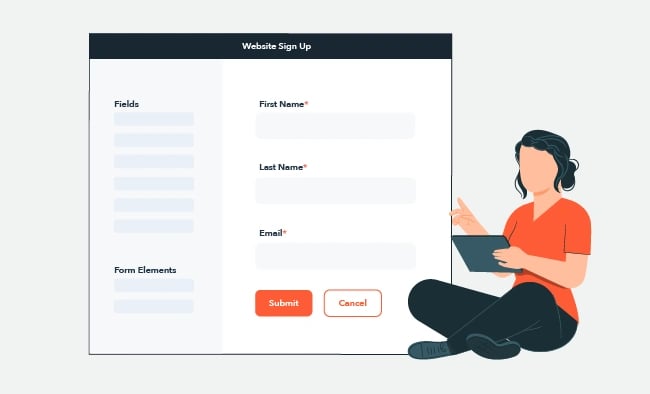
By developing detailed contact forms, marketing teams can reduce the risk of sending unqualified leads to sales times.
First, ensure that all relevant form fields are required. These may include company name, contact email address, the full name of a potential lead, and their position within the organization.
It’s also worth creating forms that allow potential customers to describe their current pain points along with the type of solution or service they’re looking to find.
Use HubSpot’s Free Online Form Builder to create targeted forms.
5. Identify Decision-Makers
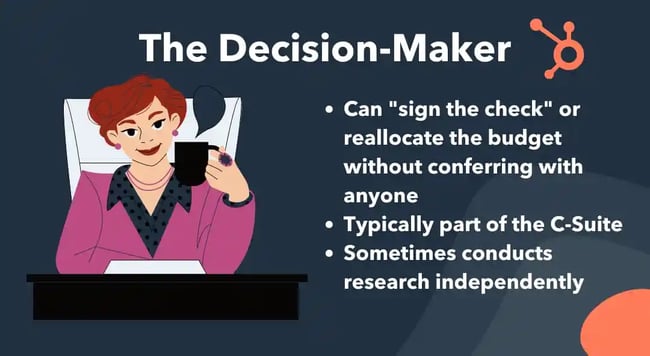
While more detailed forms can help increase total lead quality, they can’t guarantee that decision-makers are the ones reaching out.
Instead, companies can boost lead quality by proactively identifying decision-makers and initiating conversations. Start with a look at your current clientele: What role(s) do decision-makers in these companies usually hold? Then, do some research on prospective clients to see who holds similar positions and reach out to them directly. Not only does this increase the overall quality of the lead — provided you create compelling content — but also streamlines the sales process.
Solutions like people.ai can help you find decision-makers.
6. Automate Where Possible
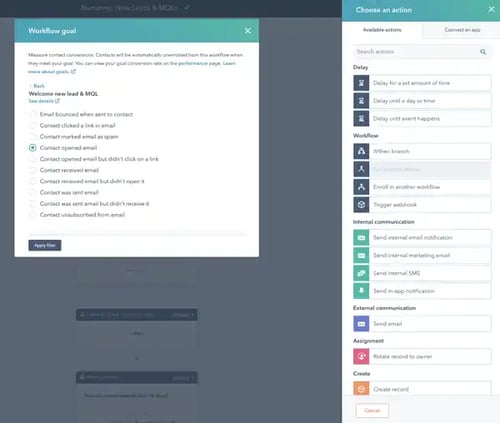
The sheer amount of leads that companies can now generate from both traditional marketing campaigns and PPC efforts means that it’s easy to get overwhelmed and lose the plot on who’s qualified and who’s not
As a result, it’s worth automating both contact and evaluation processes where possible. For example, email automation tools can help take care of reaching out to potential prospects without having staff compose hundreds and hundreds of messages, while automated evaluation software can pinpoint potential issues with collected data that may indicate a prospect is not ready to buy.
Check out HubSpot’s Marketing Automation Software to streamline key tasks.
7. Align Sales and Marketing
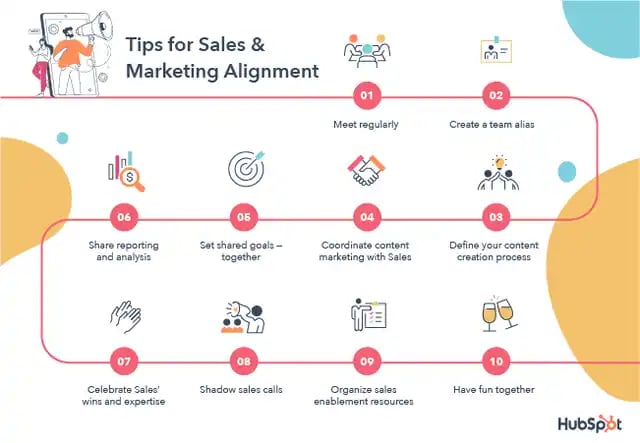
Sales and marketing are two sides of the same coin, but often end up on opposite sides of the lead qualification process.
While marketing focuses on bringing in new leads, sales wants to make sure these leads are qualified before putting in the time and effort required for conversion. If sales teams feel like marketing isn’t delivering quality leads, and marketing thinks that sales is being too picky, the result is a disaster waiting to happen.
Instead, align sales and marketing from the get-go. Sit both teams down in a room and hash out what a great lead looks like, what getting these leads required, the process of handing off leads from marketing to sales.
Products like Ruler Analytics help with this alignment at scale.
8. Ask for Referrals
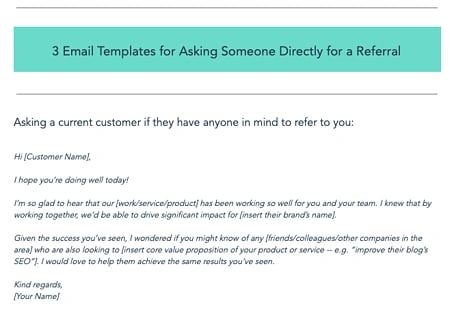
Sometimes it’s OK to take the easier route. Instead of building a new lead roster from scratch, it’s worth asking current customers for referrals. You can offer them discounts or other benefits, but if they like what you’re doing it shouldn’t take much convincing to have them pass on the contact data of decision-makers in similar companies, or to reach out on your behalf.
Consider a solution like Referral Factory to streamline this process.
9. Track Your Data

To ensure your lead quality is stable, track your initial and repeat sales conversions. If you notice that either one of these metrics is falling, it may be worth reexamining lead qualification processes to ensure that the leads you’re generating have the means and motive to make a purchase.
Act-On can help you track relevant lead data across your organization.
10. Make Changes as Needed
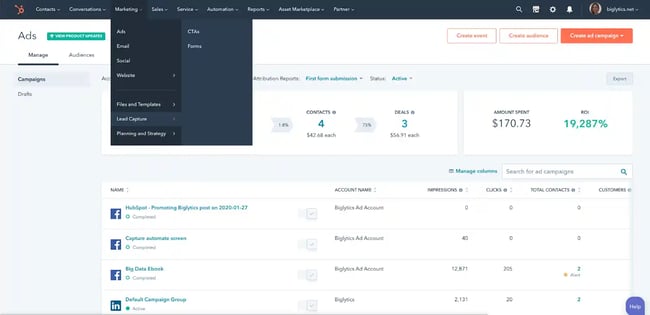
Last but not least? Don’t get stuck in a rut. If current lead generation tactics aren’t delivering the quality you want, make changes. Rethink your keyword strategy, create new content, or broaden your target market. In other words, focus on the outcome, not the operations, to inform your lead generation.
Take charge of your changes with HubSpot’s Marketing Software.
Taking the Lead
Higher quality leads help boost the quantity of sales conversions. But quality leads don’t just fall in your lap — to get the best leads for your business, you need to find the right audience, target your content, track your data, and make changes as needed to keep quality high and sales steady.
Editor's note: This post was originally published in July 2010 and has been updated for comprehensiveness.
Lead Generation
.png?width=112&height=112&name=Sales%20Conversion%20and%20Close%20Rate%20Calculator%2001-300%20(1).png)


![What is a lead magnet? 20 lead magnet ideas and examples [+ step-by-step]](https://53.fs1.hubspotusercontent-na1.net/hubfs/53/lead%20magnet%20represented%20by%20a%20magnet.webp)




![Gated Content: What Marketers Need to Know [+ Examples]](https://53.fs1.hubspotusercontent-na1.net/hubfs/53/UNGated%20Content.png)

![What Is Demand Generation? Here’s How You Can Create Buzz for Your Offering [FAQs]](https://53.fs1.hubspotusercontent-na1.net/hubfs/53/demand-generation-1-20250321-225687.webp)
